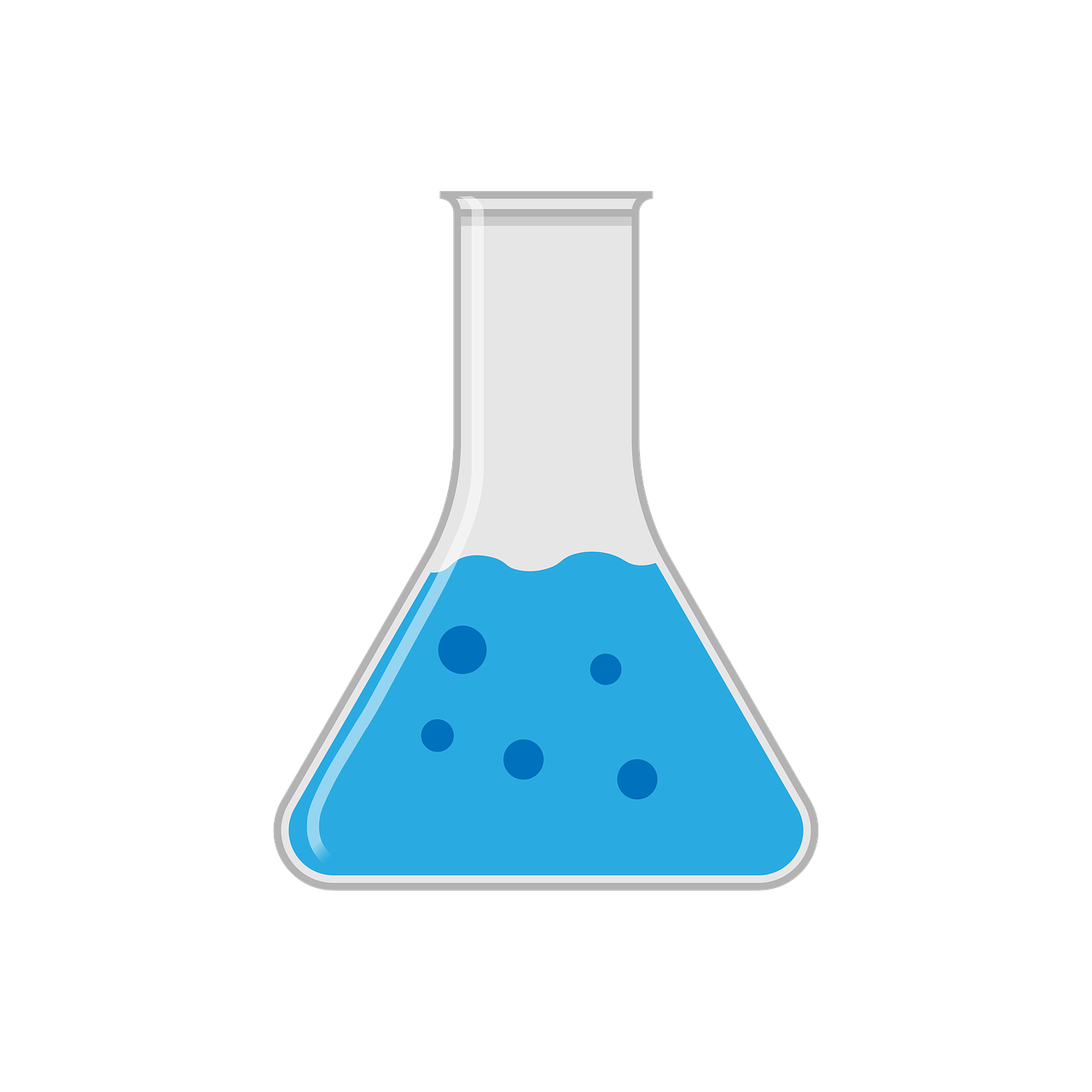PPE For the Marijuana Industry
Published by Harmony Lab & Safety Supplies on Jan 03, 2024

Cannabis Industry Safety is more critical now than ever. At a time when other industries seem to be struggling to keep afloat, the marijuana industry is the fastest growing industry that hires more and more employees every day. According to the BLS, 5.5 million jobs in the manufacturing industry were lost between 2000 and 2017. However, the legal cannabis market is expected to have over a quarter-million jobs by the year 2020.
While other industries struggle to keep afloat, the marijuana industry is the fastest-growing. Hiring more and more employees every day. According to the BLS, 5.5 million jobs in the manufacturing industry were lost between 2000 and 2017. Yet, the legal cannabis market expects to have over a quarter-million jobs by the year 2020.
Despite high employment, the industry faces some safety hazards, just like other industries. OSHA General Duty Clause – in Section 5 (a) (1) states that you as an employer should provide your employees with a workplace free from identifiable hazards that have the potentiality to cause serious harm or even death to your workers.
The Cannabis Industry includes:
- Cultivation
- Distribution
- Laboratory testing
- Manufacturing
- Retail
Cannabis Industry PPE
Cannabis cultivators, like those in other agricultural and horticultural industries, use various types of disposable apparel and personal protective equipment (PPE) to ensure safety and hygiene. The typical PPE used includes:
- Gloves: Disposable gloves are commonly used to protect hands from exposure to plants, chemicals, and to prevent product contamination.
- Respirators or Masks: Depending on the environment, masks or respirators might be used to prevent inhalation of dust, mold spores, or chemical fumes.
- Goggles or Safety Glasses: These are used to protect eyes from exposure to bright lights (like grow lights), chemicals, and plant material.
- Disposable Gowns or Aprons: These are worn to protect clothing and skin from plant materials, water, and chemicals.
- Hair Nets or Caps: To prevent hair from contaminating the product, hair nets or caps are often worn.
- Shoe Covers: These are used to prevent tracking soil or contaminants from one area to another.
- Face Shields: In some cases, especially when dealing with certain chemicals or intensive processing work, face shields might be used for additional facial protection.
The use of this PPE helps maintain a clean and safe working environment and is crucial in adhering to industry standards and regulations. The specific types and extent of PPE used can vary depending on the specific activities and the regulations of the region where the cultivation is taking place.
Marijuana Industry Safety Hazard Breakdown
Meanwhile, Most of the hazards in the marijuana industry are like those experienced in other industries. Be aware of Grow House Hazards to avoid disasters. These hazards break down into three main categories: biological, physical, and chemical.
Biological Hazards
For instance, these types of hazards can arise from working with marijuana plants. Some of the common biological agents include bacteria and fungi. Meanwhile, these agents can affect the health of your workers by causing the throat, skin and eye irritation, nasal congestion, and other physical health effects.
Some of the most likely biological hazards that your employees may encounter include:
Mold
Employees assigned to cultivating and trimming of marijuana can be exposed to mold. Mold growth and mold spores are most likely to occur due to the high humidity levels that are required for the production of marijuana. According to the U.S. Department of Agriculture, the production of marijuana requires humidity levels of 70 percent.
Also, the presence of mold and mold spores in the air can cause breathing problems, coughing, wheezing, exacerbation of asthmatic conditions, and other respiratory infections.
In other words, to protect your employees from mold, you need to control moisture levels. Standing water may increase the humidity levels, and you may have to invest in proper irrigation methods.
You can also combat moisture by vacuuming instead of sweeping and increasing ventilation. Yet, you may not always know the mold spore levels after using the recommended control strategies. Ensure that your workers always wear the right personal protective equipment (PPE).
The right PPE will provide your employees with skin, eye, and respiratory protection.
Sensitizer and Allergens

As a result, several reported cases describing episodes of employees in the marijuana industry experiencing allergic reactions. Including anaphylaxis, and hypersensitivity to marijuana. For example, employees whose skin gets into direct contact may experience itchy skin, hives, and puffy or swollen eyes.
Like many other sensitizers, initial exposure to the plant may result in a normal response. But, repeated exposure may lead to an abnormal response. As a result, Allergens can cause itchiness, coughing, sneezing, and wheezing.
If it’s not possible to cut exposure to these allergens, start by improving the ventilation. Also consider job rotation, worker training, and using the right PPE.
Physical Hazards

Likewise, the marijuana industry shares several physical hazards from other industries.
Some of the common physical hazards include:
Compressed Gas
In the production of marijuana, you have to use various gases such as carbon dioxide for enrichment purposes. The use of large quantities of these gases can be a threat to your employee’s safety. Compressed gases are dangerous due to the high pressure inside the cylinders. So to prevent injuries, ensure that your employees understand and use the right safety precautions.
Electrical

But for marijuana to grow, it needs a great deal of energy. Several hazards can emanate from temporary wiring, blocked electrical panels, missing breakers. And the use of electricity at high humidity levels, overloaded circuits, and lack of electrical training, among other electrical hazards.
Apart from electrical hazards, the law requires protecting your employees from dangerous energy sources.
Avoid grow house fires! Review Cannabis Industry Safety hazards present in all these areas:
- Lighting hazards
- Flammable or combustible liquids
- Noise
- Occupational injuries
- Confined spaces
Chemical Hazards

Further, chemicals used in the production of marijuana pose several health and safety hazards. To keep your workers safe, it’s important to provide information on any harmful substances. The best way to inform your employees is through training and information about various chemicals. You can do this through SDSs (Safety Data Sheets).
Some Cannabis Industry Safety chemical hazards in the marijuana industry include:
Carbon Dioxide

Also, Employees in the marijuana industry who work in cultivation may encounter carbon dioxide. Carbon dioxide is often used in dry ice or liquid gas to speed up plant growth. And in the extraction process for the production of concentrates. Carbon dioxide is an asphyxiant, which means that it displaces oxygen.
Symptoms of carbon dioxide exposure include dizziness, headache, increased heart rate, rapid breathing. And in extreme cases, it can cause unconsciousness and death.
This explains why most industries that face carbon dioxide hazards have monitoring devices.
To protect your employees, it is important that you know about the health and safety hazards of carbon dioxide. Install carbon dioxide monitors and also maintain them. Avoid using dry ice in confined places, and when your employees are handling it, they should always use the right PPE.
The right PPE may include safety glasses and disposable gloves. Additionally, it’s also important to train your employees on the harmful effects of carbon dioxide and symptoms of exposure.
Carbon Monoxide
Your employees are exposed to high levels of carbon monoxide during the production of marijuana. The high levels of carbon monoxide can overcome your employees without warning. The CDC reported a total of 2,244 deaths resulting from carbon monoxide poisoning. This affects employees that work in spaces with limited ventilation.
Subsequently, Carbon dioxide can cause illness, coma, neurological damage, and death. Keep your employees safe by installing carbon monoxide monitors. And ensure that you have a ventilation system that can remove carbon monoxide.
Pesticides
Production of marijuana requires the use of insecticides and fungicides. Yet, some pesticides can cause skin and respiratory hazards. Employees cultivating or harvesting marijuana, loading or applying pesticides, cleaning equipment used in the application of pesticides can be affected.
According to the EPA Agricultural Worker Protection Standards, it’s mandatory for all employees applying pesticides or fungicides to be aware of the risks as indicated by the manufacturer. It is also important for your employees to wear the right PPE to protect them against exposure.
Protect Your Workers

In short, your workers are the lifeblood of your cannabis cultivation business. However, like other industries, your facility has the potential to expose your workers to several hazards. Such as dust, pesticides, UV light, marijuana resin, and mold spores among other hazards.
Exposure to these hazards has both short-term and long-term negative effects.
Additionally, the cleanliness of items used in the production of marijuana is important in the result of the product.
These circumstances affect indoor marijuana cultivation where conditions tend to be warm and damp, and have inadequate ventilation.
To sum up, given the unique Cannabis Industry Safety hazards, you should be familiar with the potential risks. Mitigate these hazards that can affect you, your product, and your employees. Use the right safety equipment and procedures.
Take a look at personal protective equipment, especially respiratory protection for cannabis industries and others.
For more Cannabis Industry Safety regulations and training specific to California, head to Cal/OSHA.
